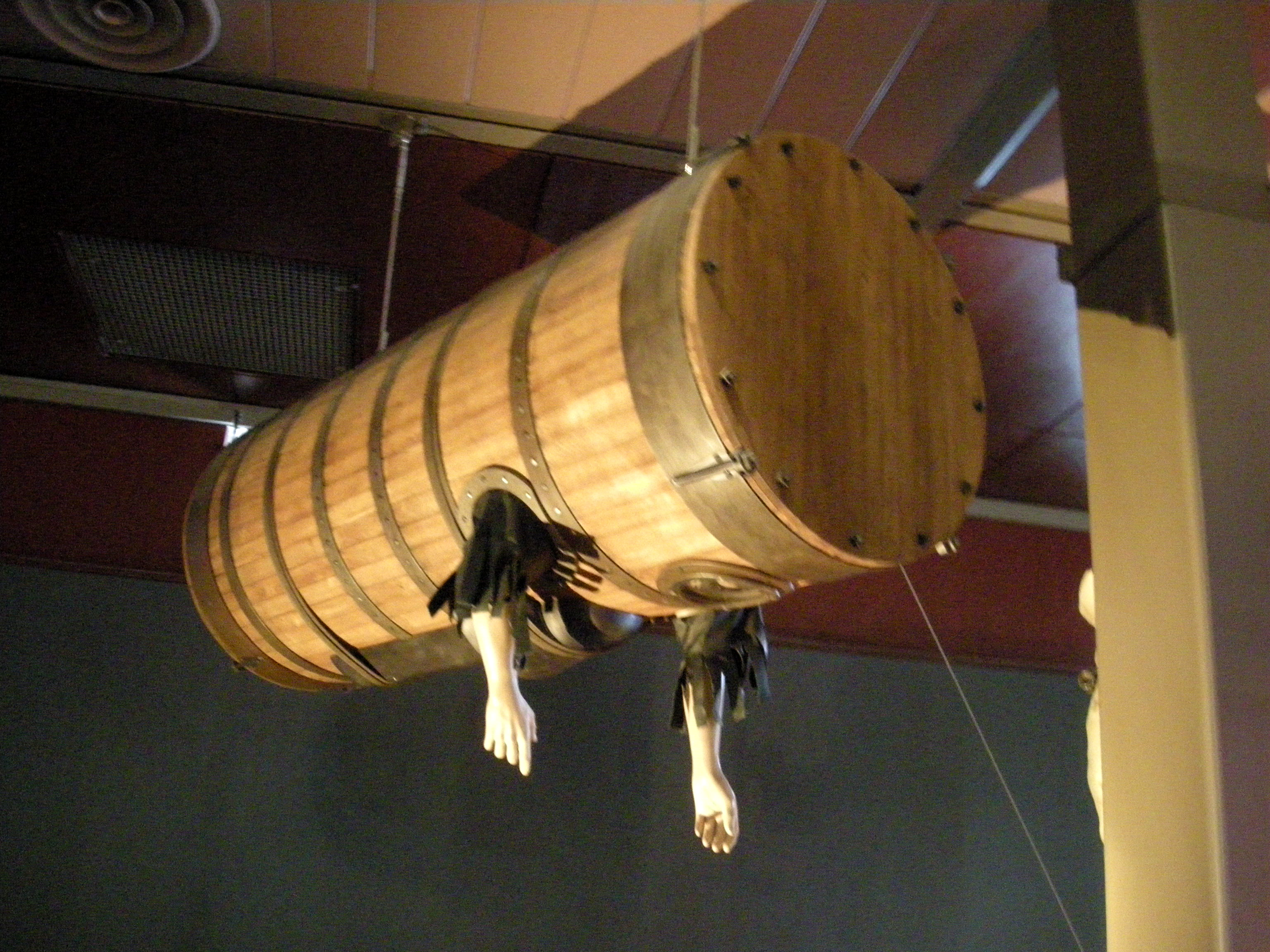John Lethbridge on:
[Wikipedia]
[Google]
[Amazon]
 John Lethbridge (1675–1759) invented the first
John Lethbridge (1675–1759) invented the first  After testing this machine in his garden pond (specially built for the purpose) Lethbridge dived on a number of wrecks: four English men-of-war, one East Indiaman (both English and Dutch), two Spanish galleons and a number of galleys. He became very wealthy as a result of his salvages. One of his better-known recoveries was on the Dutch ''Slot ter Hooge'', which had sunk off Madeira with over three tons of silver on board.
Lethbridge is buried in Wolborough church, Newton Abbot.
In 2006, a revamped survey vessel was christened after John Lethbridge.http://maritime-connector.com/ship/john-lethbridge-6525131/
After testing this machine in his garden pond (specially built for the purpose) Lethbridge dived on a number of wrecks: four English men-of-war, one East Indiaman (both English and Dutch), two Spanish galleons and a number of galleys. He became very wealthy as a result of his salvages. One of his better-known recoveries was on the Dutch ''Slot ter Hooge'', which had sunk off Madeira with over three tons of silver on board.
Lethbridge is buried in Wolborough church, Newton Abbot.
In 2006, a revamped survey vessel was christened after John Lethbridge.http://maritime-connector.com/ship/john-lethbridge-6525131/
 John Lethbridge (1675–1759) invented the first
John Lethbridge (1675–1759) invented the first underwater diving
Underwater diving, as a human activity, is the practice of descending below the water's surface to interact with the environment. It is also often referred to as diving, an ambiguous term with several possible meanings, depending on contex ...
machine in 1715. He lived in the county of Devon
Devon ( , historically known as Devonshire , ) is a ceremonial and non-metropolitan county in South West England. The most populous settlement in Devon is the city of Plymouth, followed by Devon's county town, the city of Exeter. Devo ...
in South West England
South West England, or the South West of England, is one of nine official regions of England. It consists of the counties of Bristol, Cornwall (including the Isles of Scilly), Dorset, Devon, Gloucestershire, Somerset and Wiltshire. Cities ...
and reportedly had 17 children. He is the subject of the Fisherman's Friends
The Fisherman's Friends are a folk music group from Port Isaac, Cornwall, who sing sea shanties. They have been performing locally since 1995, and signed a record deal with Universal Music in March 2010. Whilst essentially an a cappella group, ...
song John in the Barrel.
John Lethbridge was a wool merchant based in Newton Abbot
Newton Abbot is a market town and civil parish on the River Teign in the Teignbridge District of Devon, England. Its 2011 population of 24,029 was estimated to reach 26,655 in 2019. It grew rapidly in the Victorian era as the home of the So ...
who invented a diving machine in 1715 that was used to salvage valuables from wrecks. This machine was an airtight oak barrel that allowed “the diver” to submerge long enough to retrieve underwater material. In Lethbridge’s words:
It is made of wainscot perfectly round, about 6 feet in length, about 2 feet and a half diameter at the head, and about 18 inches diameter at the foot, and contains about 30 gallons; it is hooped with iron hoops without and within to guard against pressure. There are two holes for the arms, and a glass about 4 inches diameter, and an inch and a quarter thick to look through, which is fixed in the bottom part, so as to be in a direct line with the eye, two airholes upon the upper part, into one of which air is conveyed by a pair of bellows, both which are stopt with plugs immediately before going down to the bottom. At the foot part there’s a hole to let out water. Sometimes there’s a large rope fixed to the back or upper part, by which it’s let down, and there’s a little line called the signal line, by which the people above are directed what to do, and under is fix’d a piece of timber as a guard for the glass. I go in with my feet foremost, and when my arms are got through the holes, then the head is put on, which is fastened with screws. It requires 500 weight to sink it, and take but 15 pound weight from it and it will buoy upon the surface of the water. I lie straight upon my breast all the time I am in the engine, which hath many times been more than 6 hours, being frequently refreshed upon the surface by a pair of bellows. I can move it about 12 foot square at the bottom, where I have stayed many times 34 minutes. I have been 10 fathoms deep many a hundred times, and have been 12 fathom, but with great difficulty
 After testing this machine in his garden pond (specially built for the purpose) Lethbridge dived on a number of wrecks: four English men-of-war, one East Indiaman (both English and Dutch), two Spanish galleons and a number of galleys. He became very wealthy as a result of his salvages. One of his better-known recoveries was on the Dutch ''Slot ter Hooge'', which had sunk off Madeira with over three tons of silver on board.
Lethbridge is buried in Wolborough church, Newton Abbot.
In 2006, a revamped survey vessel was christened after John Lethbridge.http://maritime-connector.com/ship/john-lethbridge-6525131/
After testing this machine in his garden pond (specially built for the purpose) Lethbridge dived on a number of wrecks: four English men-of-war, one East Indiaman (both English and Dutch), two Spanish galleons and a number of galleys. He became very wealthy as a result of his salvages. One of his better-known recoveries was on the Dutch ''Slot ter Hooge'', which had sunk off Madeira with over three tons of silver on board.
Lethbridge is buried in Wolborough church, Newton Abbot.
In 2006, a revamped survey vessel was christened after John Lethbridge.http://maritime-connector.com/ship/john-lethbridge-6525131/
References